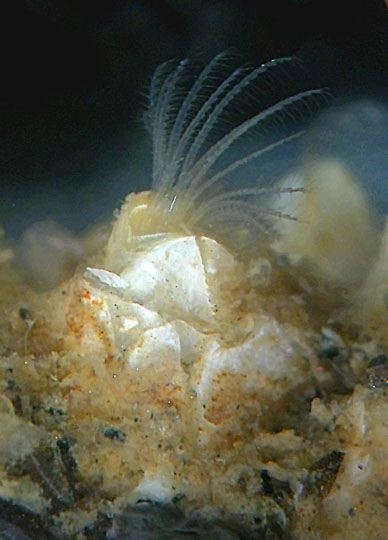Keith Kloor has stumbled on an innovative way to combat climate change: he’s sequestering carbon by stuffing as many straw environmentalists as possible into his writing. A piece Kloor published in Slate Wednesday morning purports to analyze an emerging Deep Rift in the environmental movement, that of the competing conceptions of Nature held among different environmentalists, but the piece is riddled with unsupported logical leaps, ahistoricality, and unwarranted lumping of different, often quarreling environmental tendencies into the same rhetorical trope.
And nothing prompts me to write 2,000-word essays faster than unwarranted lumping of different, often quarreling environmental tendencies into the same rhetorical trope.








